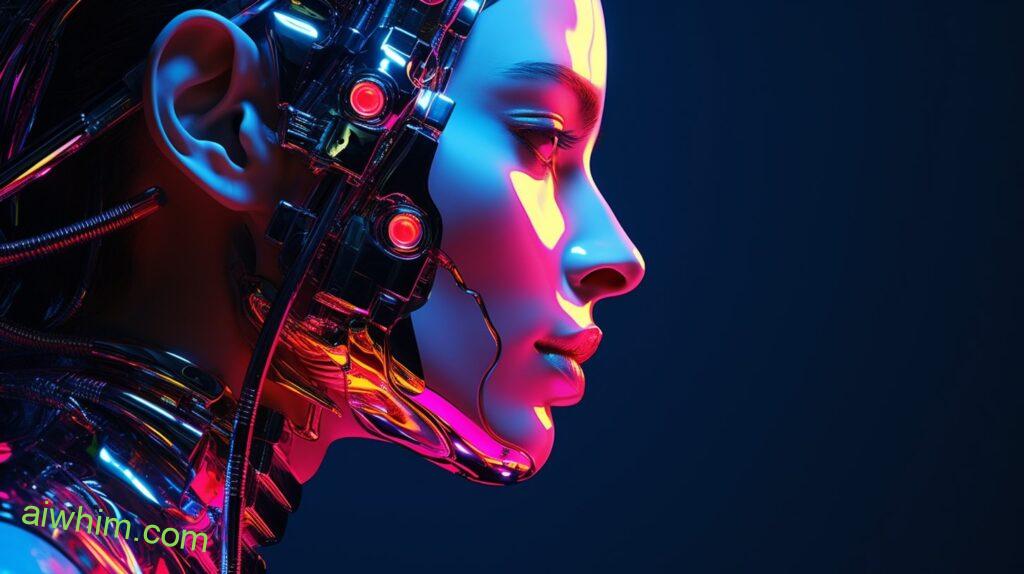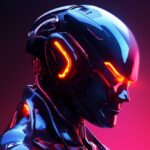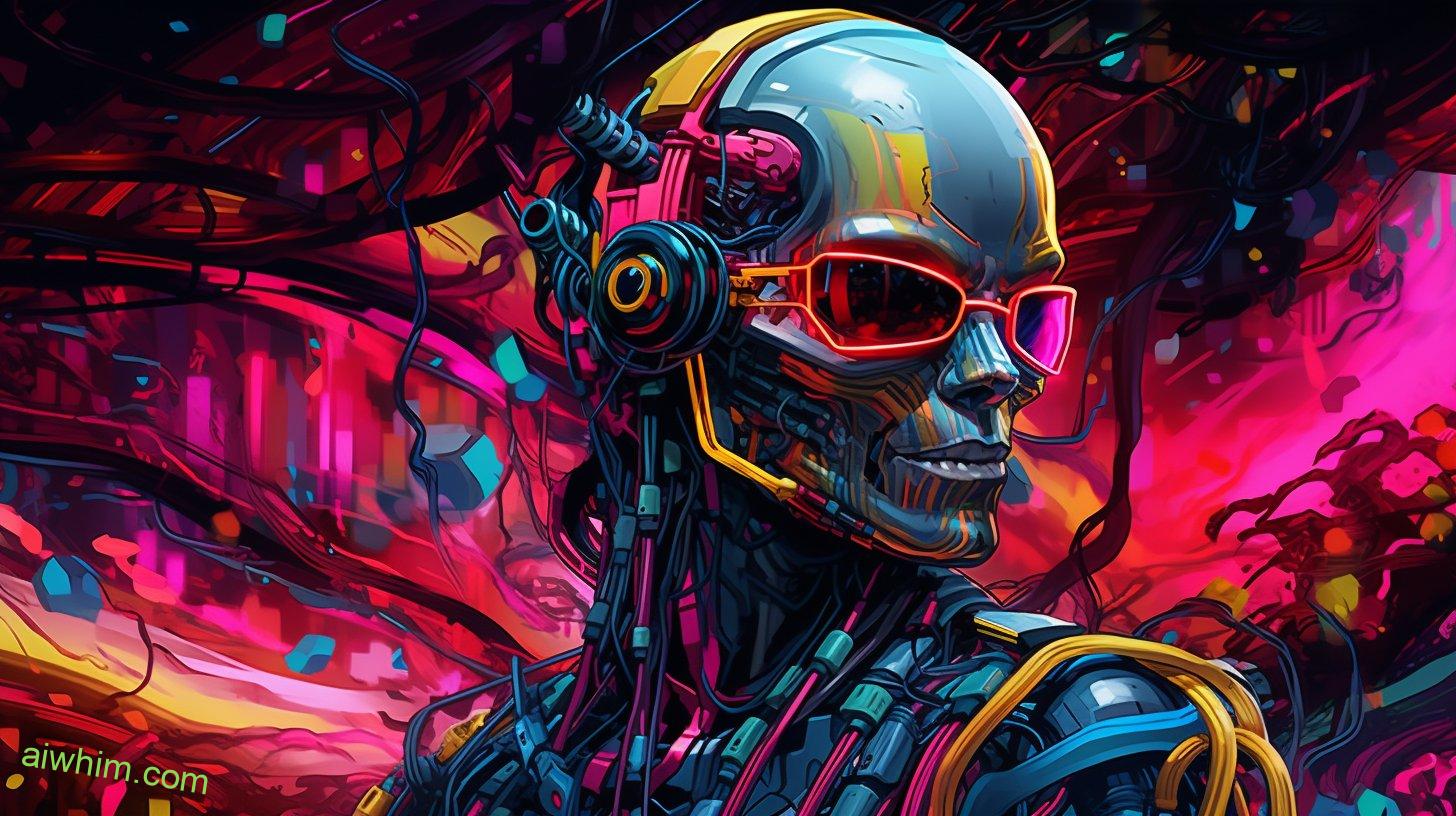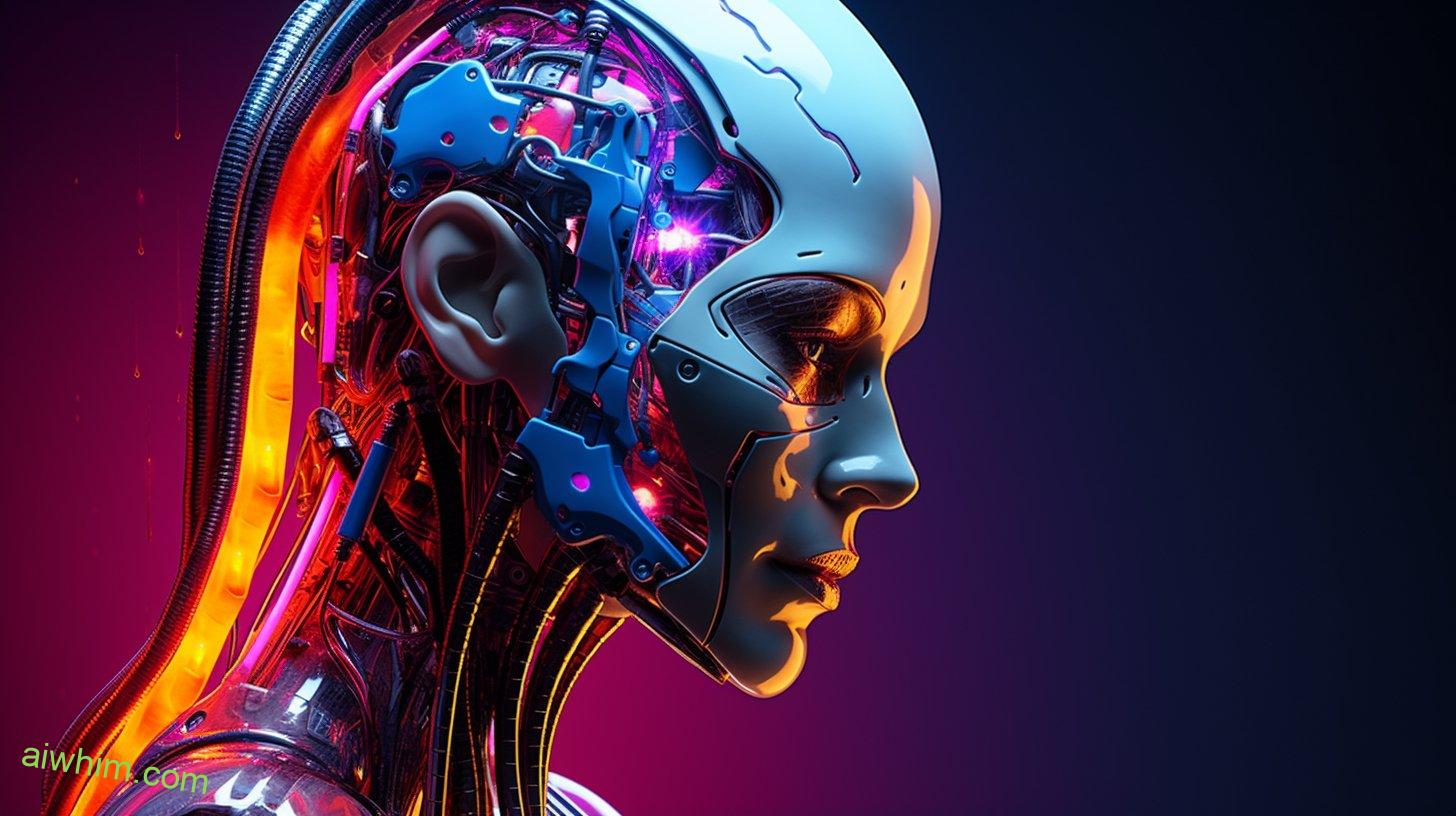In the realm of fine arts, the emergence of Artificial Intelligence (AI) has sparked discussions regarding its potential to replace human professionals. Symbolizing a pinnacle of technological advancements, AI possesses the capability to replicate creativity and contribute to the evolution of artistic expression.
This article aims to examine the role of AI in fine arts, exploring its impact on education, innovation versus imitation in AI-generated art, and ethical considerations surrounding this emerging field.
Ultimately, it seeks to explore how fine arts professionals can collaborate with AI while maintaining a balance between tradition and technology.
Key Takeaways
- AI has the potential to replace or enhance professionals in fine arts, but it is more commonly used as a tool to assist artists in their creative process.
- AI’s ability to autonomously generate artwork raises ethical concerns surrounding ownership and authorship of AI-generated content.
- While AI can optimize and enhance art restoration processes, it lacks emotional intelligence, contextual understanding, and subjective viewpoints, limiting its ability to fully replicate human creativity.
- AI’s integration into galleries and museums offers new possibilities for artistic expression and interactive experiences, pushing the boundaries of traditional art.
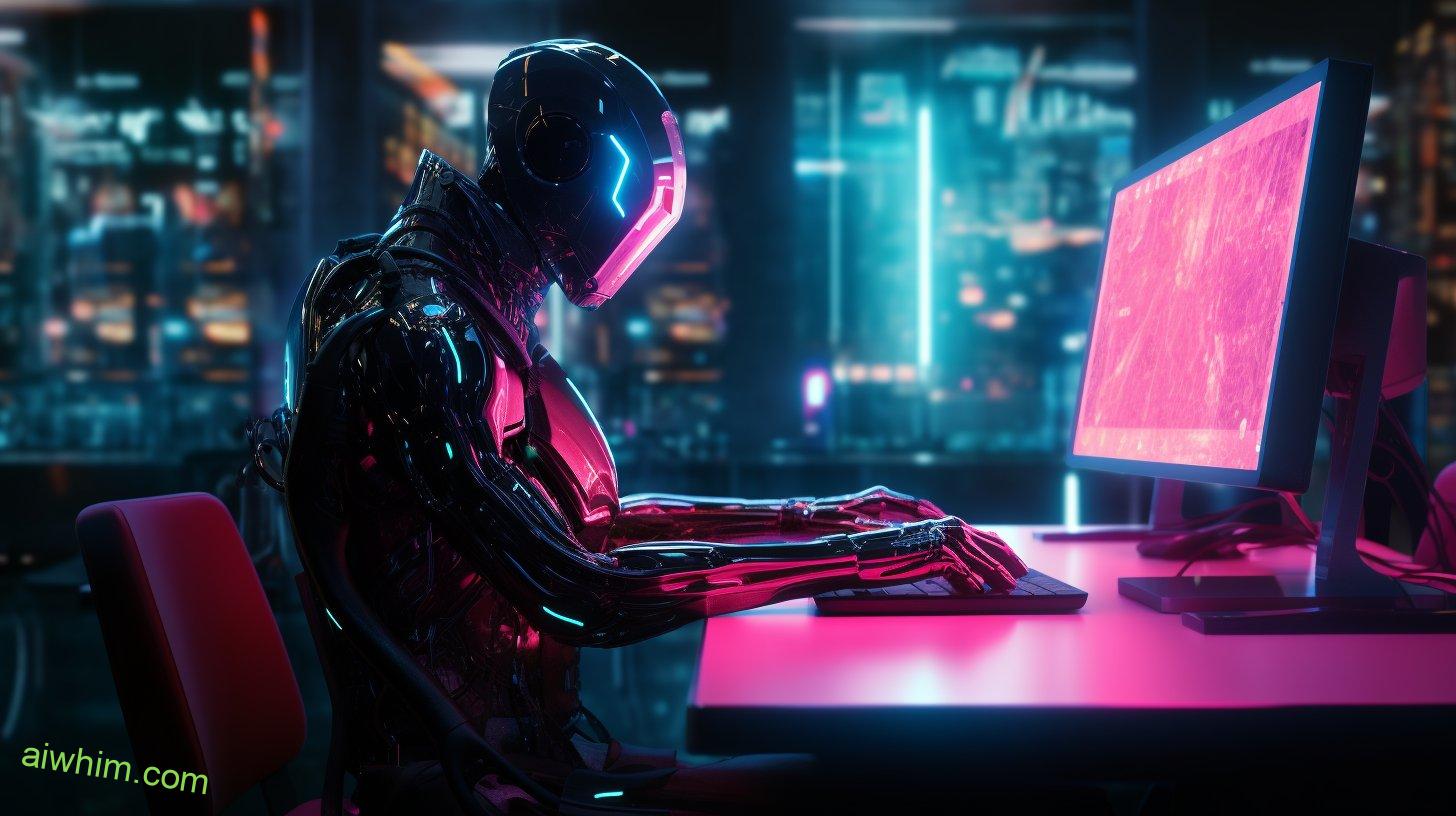
The Role of AI in Fine Arts
The current role of AI in fine arts is being explored and debated in terms of its potential to replace or enhance the work of professionals in the field. The future of AI in art holds both promises and concerns for artists, critics, and enthusiasts alike.
AI’s impact on artistry can be observed through various applications, ranging from generating artwork autonomously to assisting artists in their creative process.
One aspect of AI’s role in fine arts is its ability to generate artwork independently. Through machine learning algorithms, AI systems are trained on vast amounts of existing artwork data, enabling them to mimic artistic styles and create new pieces autonomously. This raises questions about the originality and authenticity of these generated artworks. While some argue that AI-generated art lacks the human touch and emotional depth that comes with human creativity, others see it as a novel form of expression that pushes boundaries.
Furthermore, AI has the potential to enhance artistic practices by providing tools and assistance to artists during their creative process. For instance, machine learning algorithms can analyze patterns within a collection of artworks or music compositions, helping artists discover new possibilities or refine their own style. Additionally, AI-based software can assist with tedious tasks like color selection or perspective correction, allowing artists to focus more on conceptualization and experimentation.
However, concerns arise regarding the ethical implications surrounding ownership and authorship when using AI-generated content. As technology advances further into uncharted territories within fine arts, it becomes essential for society to address these issues proactively.

Can AI Replicate Creativity
One approach to consider when examining the potential of AI in replicating creativity is to explore its ability to generate novel and innovative artistic outputs. While AI has made significant advancements in various creative domains, it still faces limitations that prevent it from fully capturing the essence of human creativity.
- Lack of emotional intelligence: AI lacks the emotional depth and understanding that humans possess, which plays a crucial role in artistic expression. Emotions are integral to art as they convey meaning and evoke responses from the viewer.
- Limited contextual understanding: AI may struggle to grasp the complex cultural, historical, and societal contexts that influence artistic creations. These contexts shape artists’ perspectives and inspire unique interpretations, something that AI may struggle to replicate accurately.
- Absence of personal experiences: Artistic expression often stems from an individual’s lived experiences, emotions, and beliefs. AI does not possess personal experiences or subjective viewpoints, limiting its ability to create art with a deeply personal touch.
- Serendipity and intuition: Creativity often involves unexpected discoveries (serendipity) and intuitive leaps of insight. These aspects rely on human imagination and cannot be easily replicated by machines.
While AI can generate impressive artwork based on patterns learned from vast datasets, it currently falls short in capturing the full range of human creative capabilities. The human element in artistic expression goes beyond technical skill; it encompasses emotions, experiences, context, serendipity, and intuition – all qualities that make art truly unique and deeply meaningful for both creators and audiences alike.
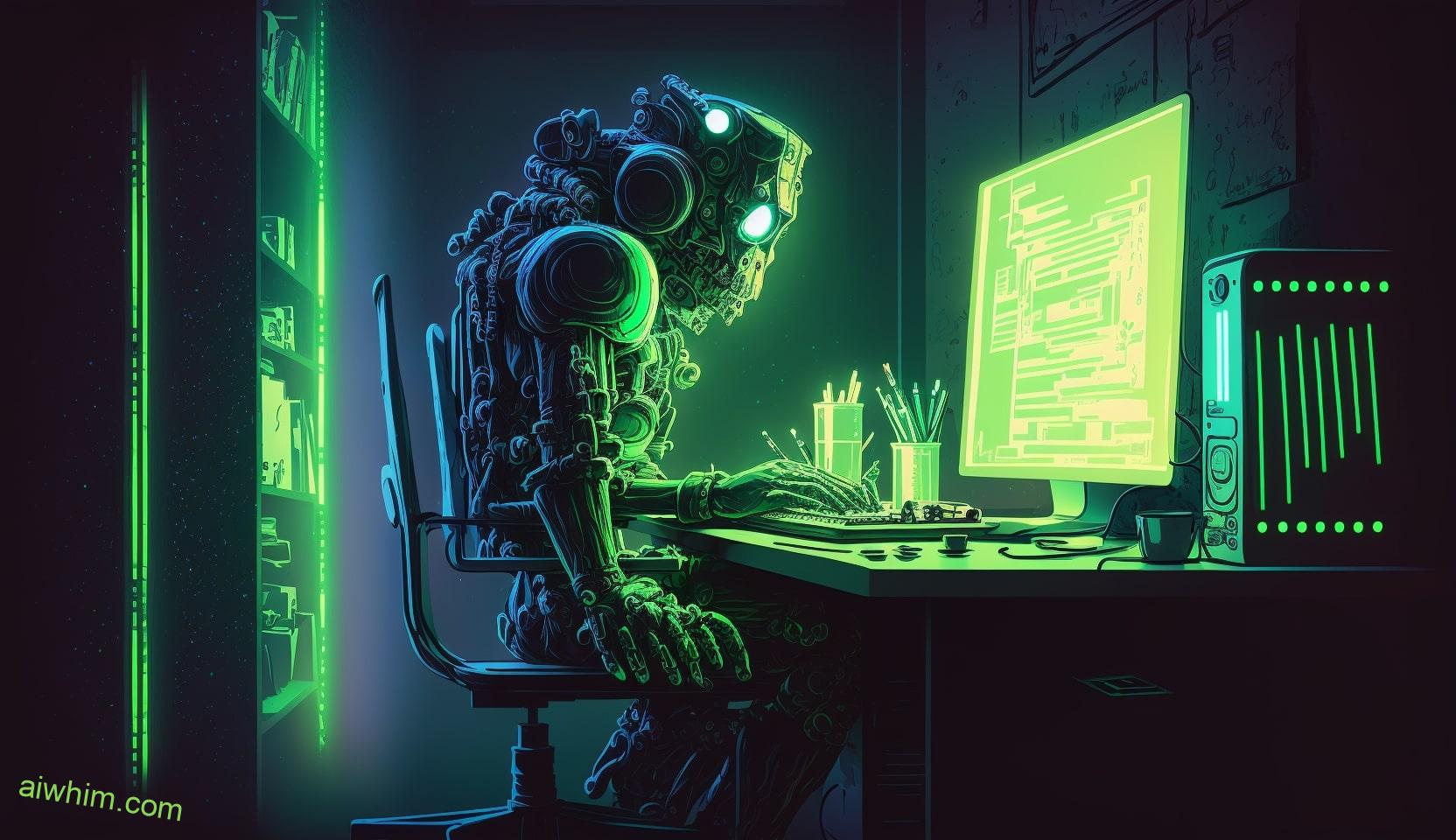
AI and the Evolution of Artistic Expression
An exploration of the evolution of artistic expression in relation to AI reveals the potential for new forms of creativity and challenges traditional notions of human-driven artistry. The development and advancement of artificial intelligence has had a significant impact on the world of art. With the emergence of AI-generated art, artists and researchers have witnessed a shift in how artistic expression is created and experienced.
AI’s influence on artistic expression can be seen through the evolution of AI-generated art. Through complex algorithms and machine learning techniques, AI systems are now capable of producing artworks that resemble those created by human artists. These AI-generated artworks can range from paintings to music compositions, with some even achieving critical acclaim in various exhibitions and performances.
This evolution raises questions about the role of human artists in the creative process. While some argue that AI-generated art lacks the depth and emotional connection found in works created by humans, others see it as an exciting avenue for exploring new possibilities within artistic expression. The use of AI can enable artists to push boundaries, experiment with unconventional techniques, and create innovative pieces that challenge traditional norms.
Furthermore, AI’s influence extends beyond creating artwork; it also affects how we perceive and engage with artistic expressions. The integration of AI technology into galleries and museums allows for interactive experiences where visitors can actively participate in the creation or interpretation process. This fusion between technology and art opens up new avenues for audience engagement and encourages a more inclusive approach to experiencing artistic expressions.
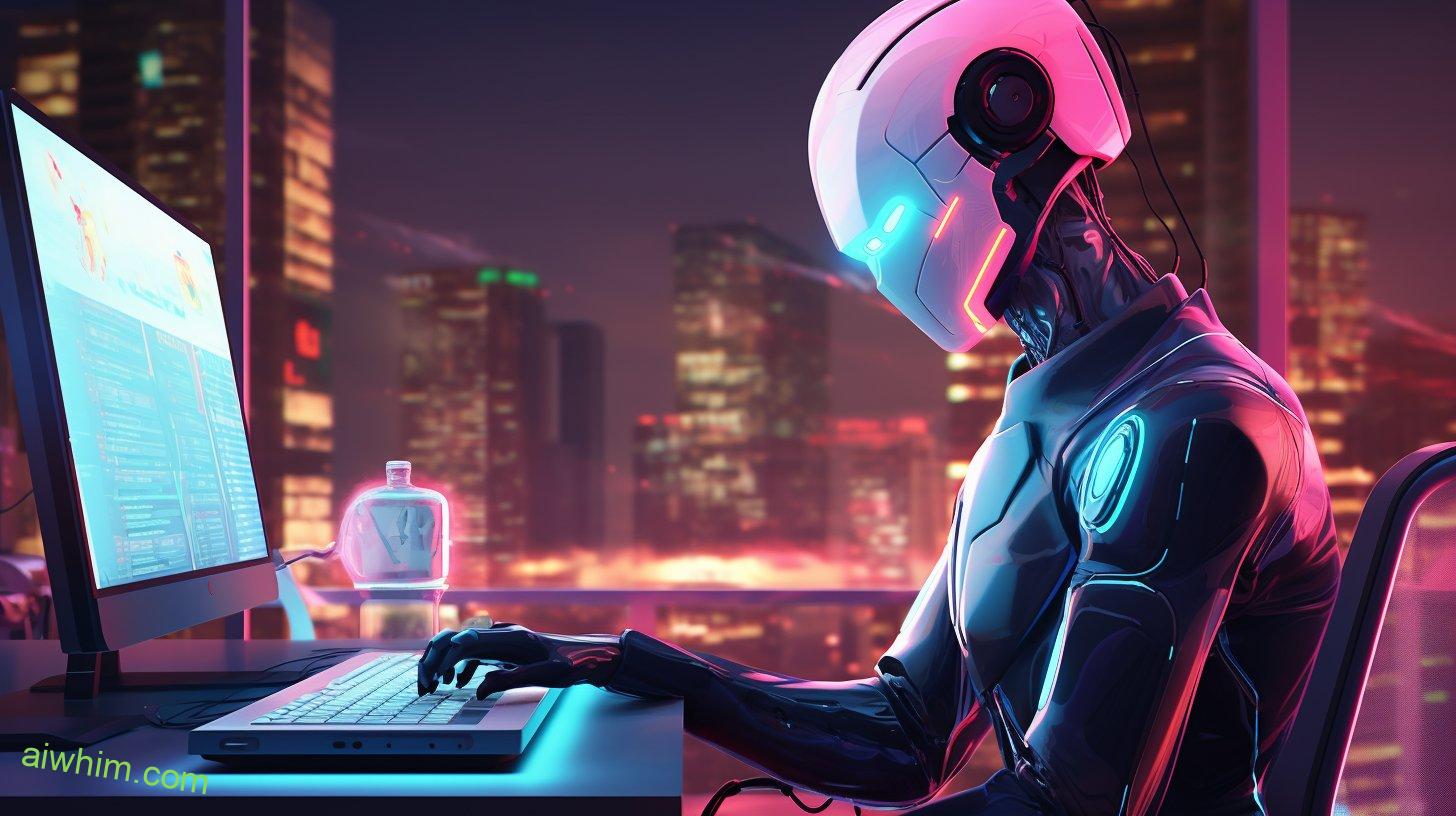
The Impact of AI on Fine Arts Education
The impact of AI on fine arts education is evident in the way it introduces new tools and approaches that enhance learning experiences for students. As technology continues to advance, integrating AI technology into the fine arts curriculum has become increasingly common. This integration provides numerous benefits, transforming the way students learn and engage with the arts. Here are four key ways in which AI is impacting fine arts education:
- Enhanced creativity: AI offers innovative tools that can stimulate and inspire artistic creativity. For example, AI-powered software can generate new ideas, offer suggestions for composition or color choices, and even create digital artwork based on user input.
- Expanded accessibility: Integrating AI technology in fine arts instruction allows for greater accessibility to artistic resources and expertise. Students can access virtual museums, galleries, and archives from anywhere in the world, providing exposure to diverse artistic styles and historical periods.
- Personalized learning: AI algorithms can analyze student performance data to customize lessons based on individual needs and preferences. This personalized approach helps students develop their skills at their own pace while receiving tailored feedback and guidance.
- Collaborative opportunities: AI facilitates collaboration among artists by enabling real-time sharing of artworks and creative processes through digital platforms. This encourages interaction between students from different backgrounds, fostering cultural exchange and collective learning experiences.
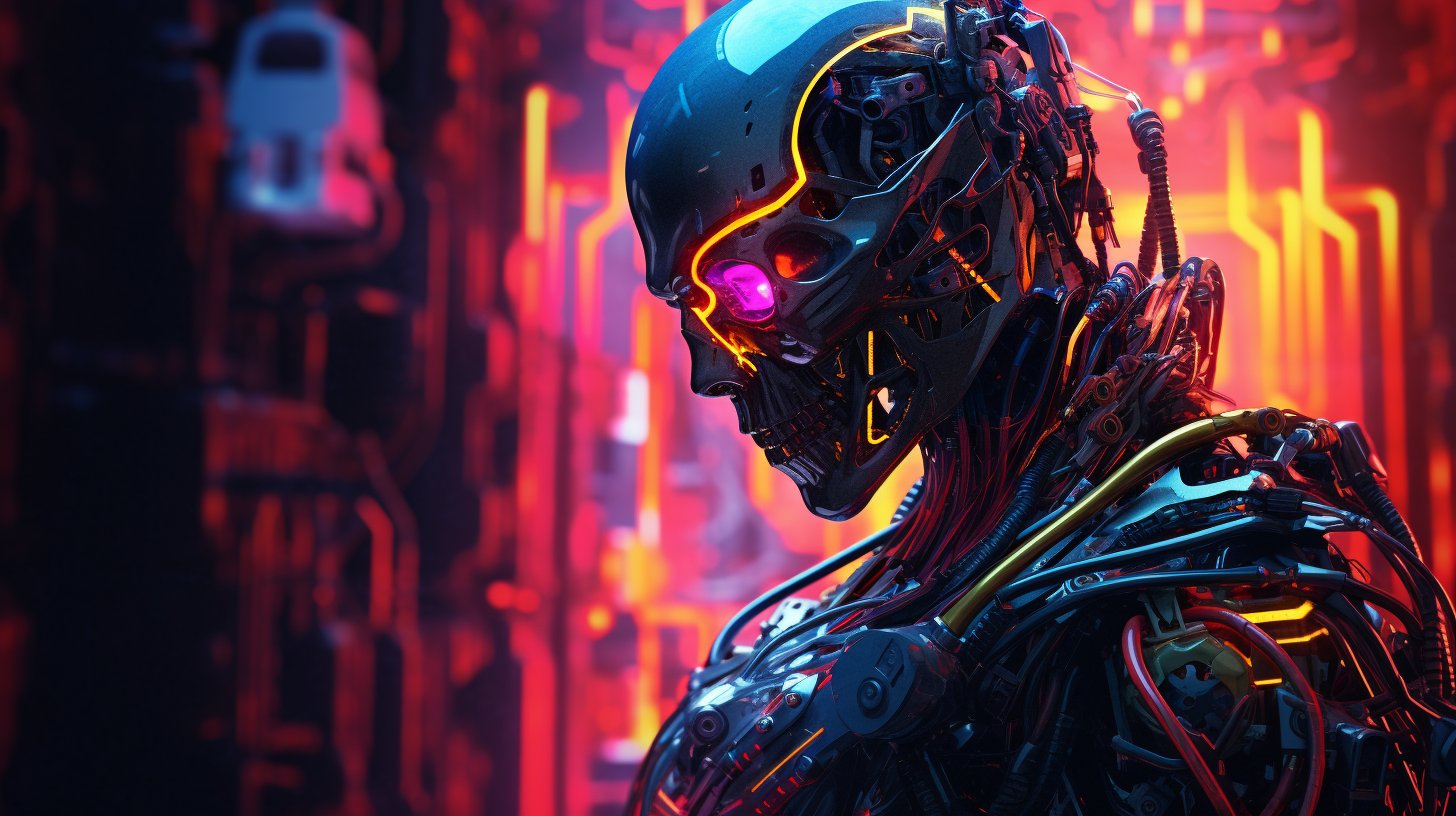
AI-Generated Art: Innovation or Imitation
AI-generated art has sparked debate within the artistic community as to whether it represents a true innovation or simply an imitation of human creativity. Some argue that AI-generated art lacks originality and is merely a form of plagiarism, as the algorithms used by AI systems are programmed based on existing artwork created by humans. These critics contend that AI cannot truly possess creative thought and that its output is limited to reproducing patterns and styles learned from human artists.
On the other hand, proponents of AI-generated art argue that it represents a new form of artistic expression and innovation. They believe that by utilizing machine learning algorithms, AI systems can create unique artworks that push the boundaries of traditional artistic techniques. These supporters see AI as a tool for expanding human creativity rather than replacing it.
The future of human creativity in an AI-dominated art world remains uncertain. While some fear that advancements in AI technology may render human artists obsolete, others believe that collaboration between humans and machines will lead to even greater artistic achievements. By leveraging the capabilities of AI systems, artists can explore new possibilities and experiment with unconventional ideas.
Ultimately, whether AI-generated art is seen as original or plagiarized depends on one’s perspective. While there are valid concerns about the lack of genuine creativity in machine-made artwork, it is important to recognize that these systems are ultimately designed and operated by humans. As long as artists continue to contribute their unique perspectives and ideas to the development and use of AI tools, human creativity will remain an essential force in shaping the future of art in an increasingly technologically-driven world.
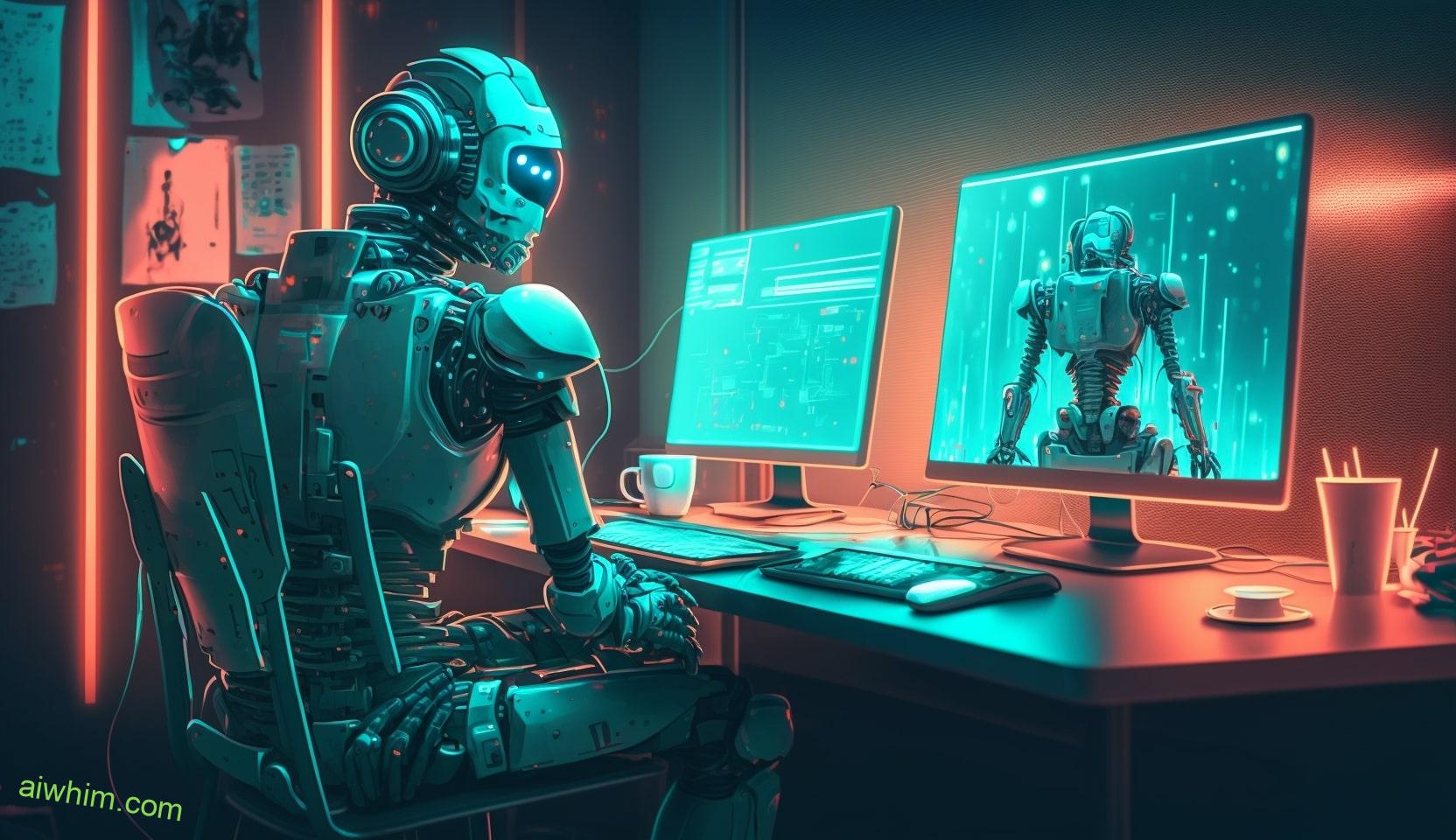
Balancing Tradition and Technology in Fine Arts
Balancing tradition and technology in the fine arts necessitates a thoughtful integration of established artistic practices with innovative technological tools. As the world becomes increasingly digital, it is important to find ways to incorporate modern technologies without compromising the integrity of traditional art forms. Here are four key considerations when seeking to strike this balance:
- Preserving artistic integrity: Integrating technology should not dilute or overshadow traditional artistic values and techniques. It is essential to preserve the authenticity and essence of the artwork while leveraging technological advancements.
- Enhancing creative possibilities: Technology offers new opportunities for artists to experiment, explore, and push boundaries in their artistic practice. By embracing technology, artists can expand their creative horizons and discover innovative ways to express themselves.
- Engaging broader audiences: Technology provides avenues for reaching diverse audiences who may not have access or exposure to traditional art forms. Digital platforms allow artists to showcase their work globally, fostering cultural exchange and appreciation.
- Creating symbiotic relationships: Rather than replacing tradition with technology, a harmonious relationship between the two can be fostered. Traditional techniques can inform technological tools, while technology can enhance traditional practices by offering new mediums for expression.
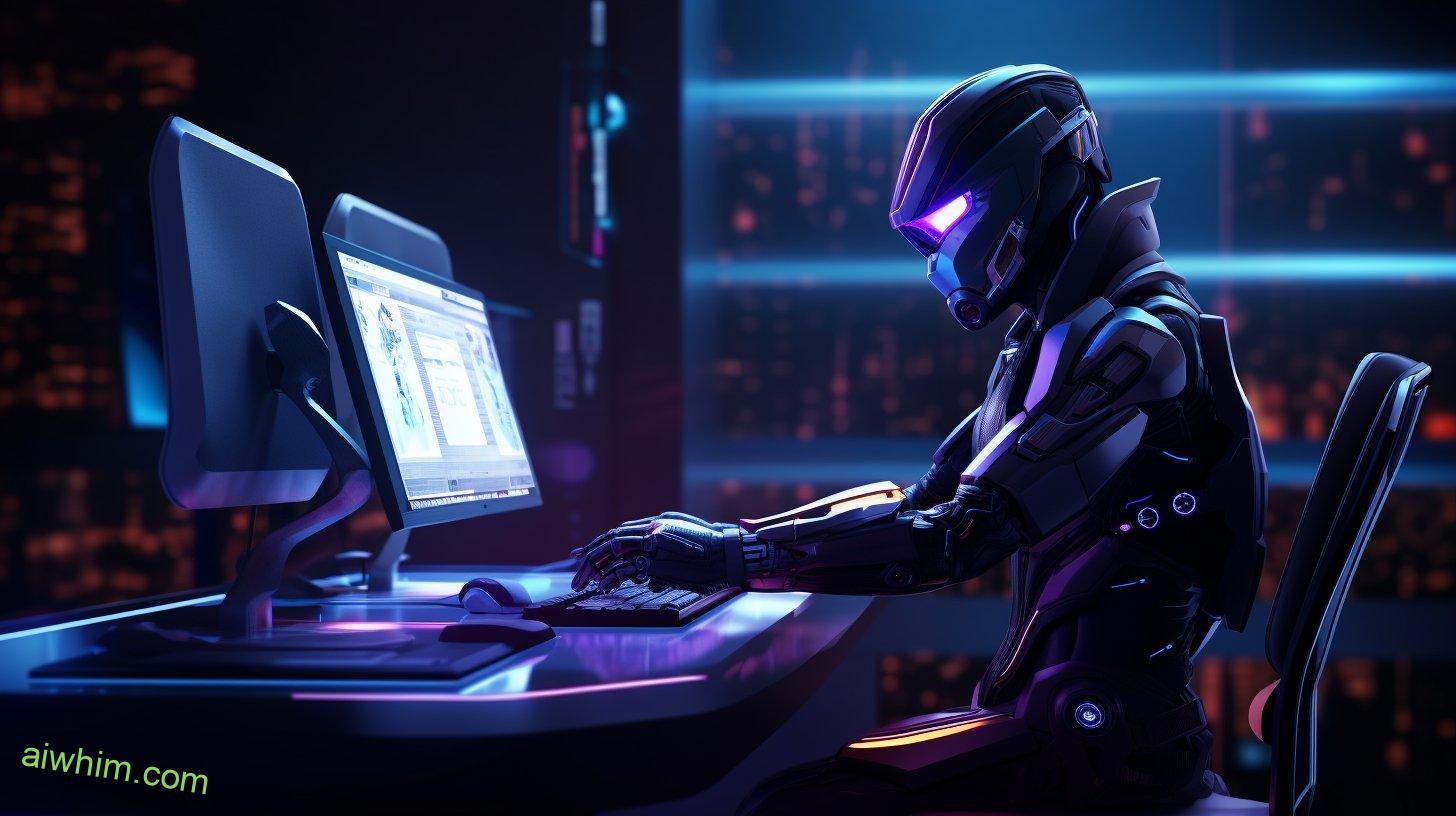
AI as a Tool for Fine Arts Professionals
Utilizing artificial intelligence as a tool in the fine arts allows for the exploration of new creative possibilities and the optimization of artistic processes. AI has found its place in various aspects of the art world, including art curation and art restoration.
AI for art curation involves using algorithms to analyze vast amounts of data and make informed decisions about selecting artworks for exhibitions or collections. This technology enables curators to discover new artists, identify trends, and create diverse and engaging exhibits.
AI in art restoration is another area where this technology is making significant strides. Traditional methods of restoring artworks can be time-consuming and require extensive expertise. However, with the help of AI, restoration processes can be optimized and enhanced. Machine learning algorithms can analyze images of damaged artworks and generate predictions on how they might have looked originally. By comparing these predictions with historical references or other similar artwork, restorers can make informed decisions about how to proceed with their restoration efforts.
It is worth noting that while AI offers immense potential in aiding fine arts professionals, it does not replace their role entirely. The human touch remains crucial in areas such as interpretation, emotional connection, and subjective judgment. The use of AI should therefore be seen as a complementary tool that enhances existing practices rather than a substitute for human creativity.
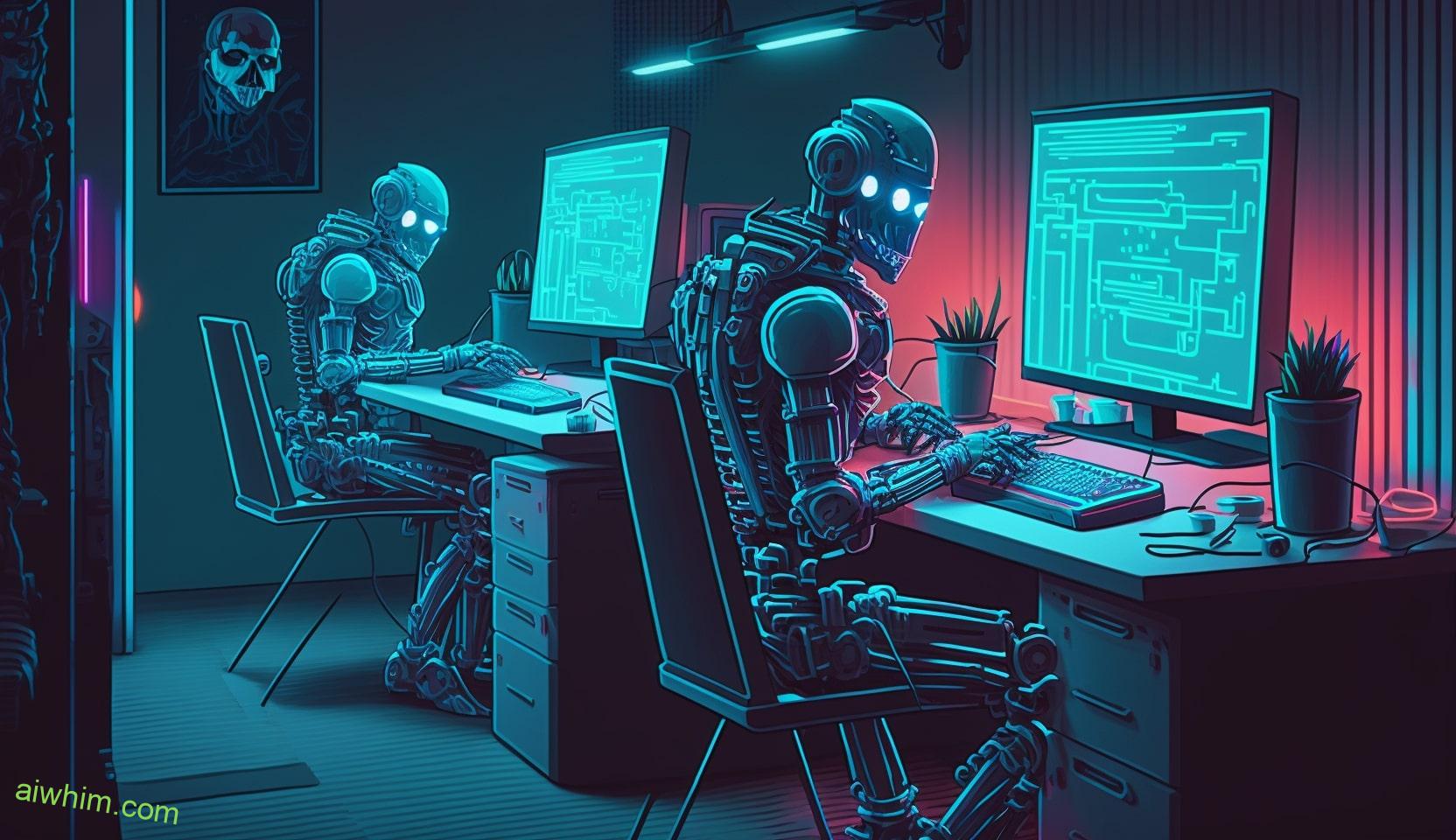
Ethical Considerations in AI-Driven Art
When considering the ethical implications of incorporating AI into the art world, it is essential to analyze potential biases that may arise from automated decision-making processes. AI-generated art criticism is a growing field that raises important questions about the role of human judgment and subjectivity in evaluating artistic works. Here are four key considerations when examining the ethical implications of AI-driven art:
- Algorithmic bias: The algorithms used in AI systems are created by humans and can inadvertently reflect their biases. This raises concerns about fairness and inclusivity in the evaluation of artworks, as biased algorithms could perpetuate existing power imbalances or marginalize certain artists or genres.
- Lack of creativity: While AI can generate impressive artwork, critics argue that it lacks the creative insight and depth of human interpretation. Artistic expression often goes beyond technical skill, encompassing emotions, historical context, and cultural significance. Relying solely on AI-generated criticism risks overlooking these nuanced aspects.
- Ownership and authorship: With AI-generated art criticism becoming more prevalent, questions arise regarding ownership and authorship of these evaluations. Who should be credited for an algorithm’s critique? Should artists have a say in how their work is evaluated by machines?
- Impact on artistic practices: The integration of AI into the art world has the potential to influence artistic practices significantly. Artists might cater their work to appeal to algorithms rather than expressing themselves authentically, potentially stifling creativity and diversity.

Embracing the Future: Collaborating With AI in Fine Arts
Embracing the future of fine arts involves exploring collaborative approaches with artificial intelligence, allowing for innovative and interdisciplinary artistic practices. The collaborative potential between human artists and AI systems has opened up new possibilities for artistic creation and expression. Through technological integration, AI can enhance the creative process by providing novel insights, generating unique visualizations, and assisting in the execution of complex artistic ideas.
Collaboration with AI offers the freedom to push the boundaries of traditional art forms and experiment with unconventional techniques. By leveraging AI algorithms, artists can explore new ways of thinking about composition, color theory, and aesthetics. This integration enables artists to break away from conventional norms and create artworks that challenge existing paradigms.
Moreover, collaborating with AI allows for a more inclusive approach to art-making. It enables artists to incorporate different perspectives and voices into their work by utilizing AI’s ability to analyze vast amounts of data from various sources. This interdisciplinary collaboration leads to artworks that reflect diverse cultural influences and address pressing social issues.
Technological integration also empowers artists by automating repetitive tasks, freeing up time for more creative exploration. With AI assistance in areas such as image processing or pattern recognition, artists can focus on higher-level conceptualization and experimentation.
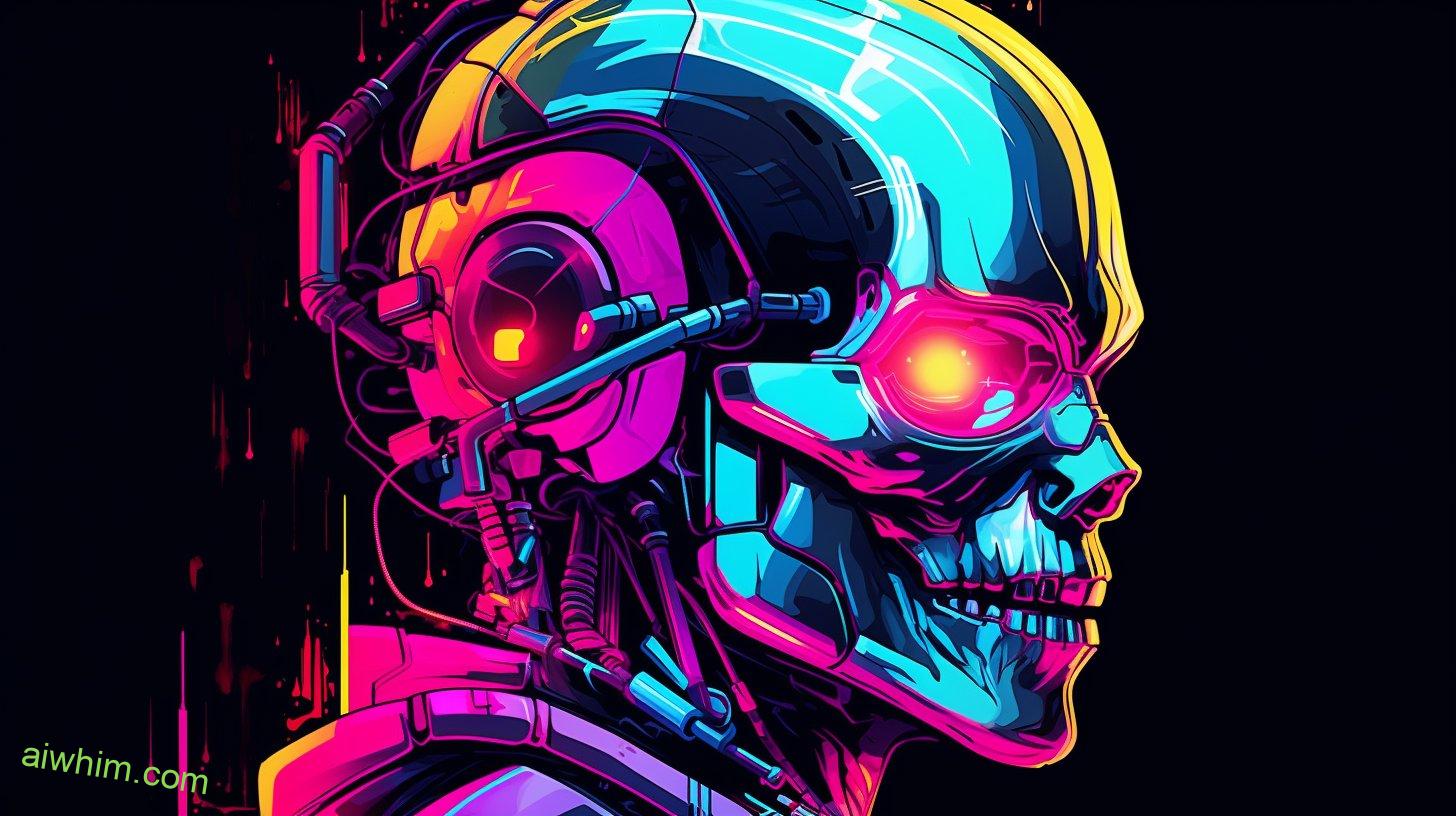
Frequently Asked Questions
How Does AI Impact the Emotional and Subjective Aspects of Fine Arts?
The impact of AI on the emotional and subjective aspects of fine arts can be seen through its influence on artistic creativity and its role in art curation. AI’s involvement introduces new possibilities while also raising questions about the preservation of human expression and interpretation.
Can AI Truly Understand and Interpret the Cultural and Historical Context of Artistic Expressions?
Can AI truly comprehend and interpret the cultural and historical context of artistic expressions? Its limitations in understanding cultural nuances raise doubts about its ability to grasp the intricacies involved. Furthermore, AI’s impact on preserving traditional artistic techniques remains uncertain.
What Are the Potential Ethical Concerns Associated With the Use of AI in Creating Fine Arts?
Ethical concerns arise when considering the use of AI in creating fine arts, particularly in relation to the impact on the creative process. The potential for AI to replicate human creativity raises questions about authenticity and the role of artists.
How Does AI Affect the Development of an Artist’s Unique Style and Personal Expression?
The impact of AI on the development of an artist’s style and personal expression is a matter of exploration. AI can potentially influence artists’ choices, techniques, and artistic visions, raising questions about the authenticity and uniqueness of their work.
What Are the Limitations of AI in Terms of Capturing the Essence and Complexity of Human Emotion in Fine Arts?
The limitations of AI in capturing the essence and complexity of human emotion in fine arts are significant. AI lacks the ability to fully understand and replicate the subjective and emotional aspects that define artistic expression, which has a profound impact on the field.
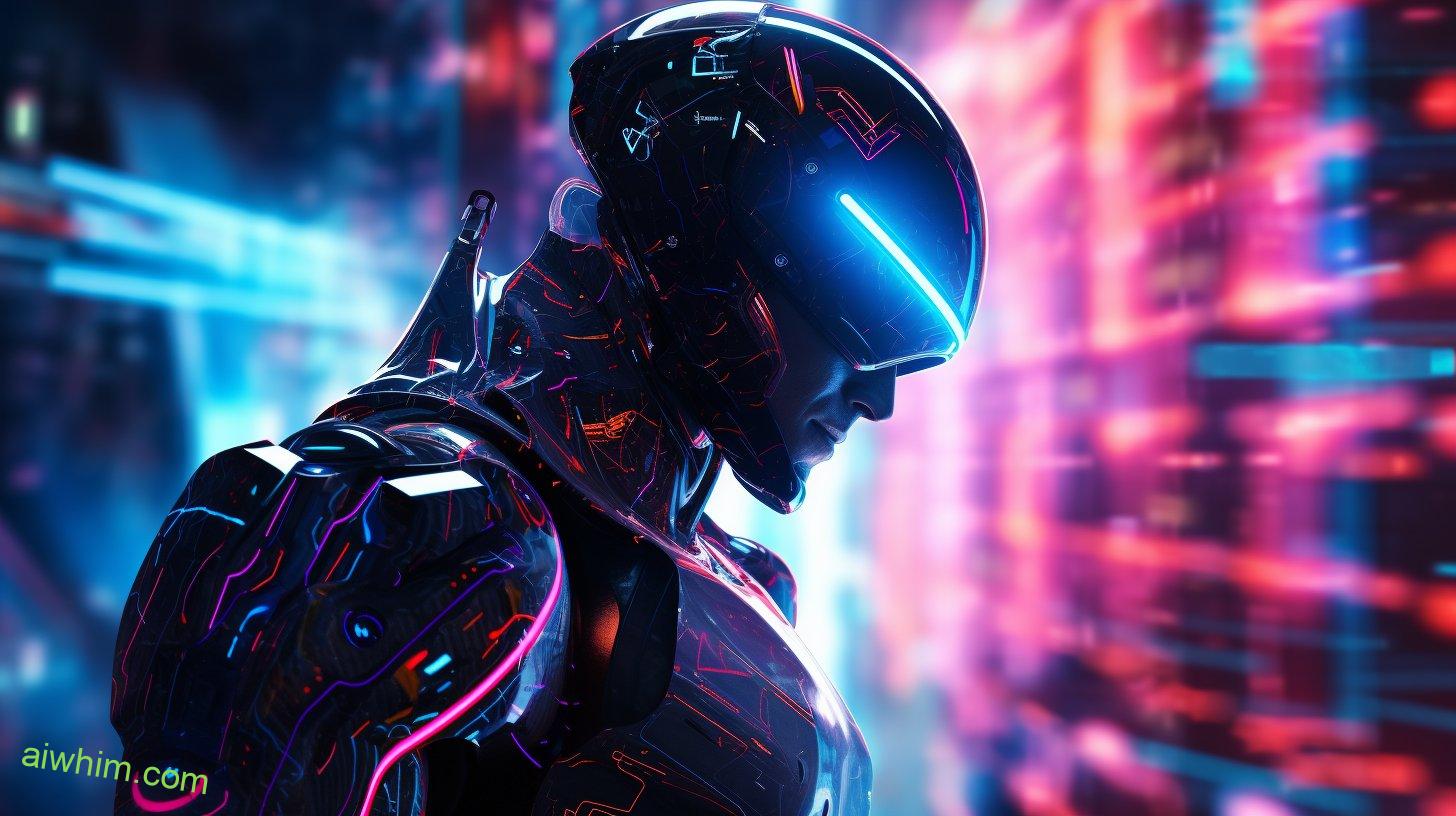
Conclusion
In conclusion, the integration of AI in fine arts is a topic that sparks both curiosity and concern. As we delve deeper into the possibilities that AI offers, we must tread carefully along the path of innovation.
Like a delicate brushstroke on a canvas, AI has the potential to enhance artistic expression and push boundaries. However, it is crucial for fine arts professionals to maintain their unique human touch, balancing tradition with technology.
By embracing this collaboration with AI, we can unlock a future where imagination knows no bounds.

